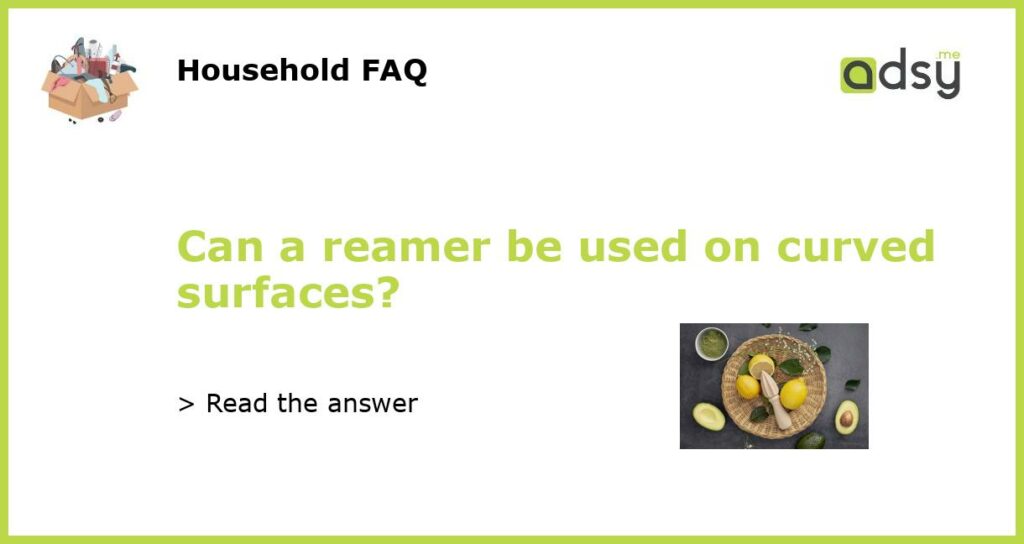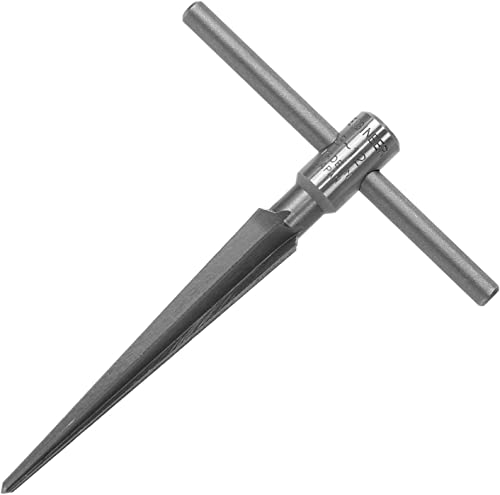Yes, a reamer can be used on curved surfaces
A reamer is a tool that is commonly used to smooth and enlarge holes in metal, wood, or plastic materials. It is typically used in manufacturing processes, such as machining or woodworking. While reamers are typically used on flat or straight surfaces, they can also be used on curved surfaces with the right technique and equipment. In this article, we will explore how a reamer can be used on curved surfaces and the considerations that need to be taken into account.
Understanding the Basics of Reaming
Before discussing the use of a reamer on curved surfaces, it is important to understand the basics of reaming. A reamer is a cutting tool that has a series of parallel cutting edges, called flutes, along the length of its body. The purpose of a reamer is to remove a small amount of material from a hole to ensure that it is precisely sized and smoothed. Unlike a drill, which removes material in a helical motion, a reamer removes material in a straight and parallel path. This results in a hole with a more accurate diameter and a smoother surface finish.
Using a Pilot Hole for Curved Surfaces
When using a reamer on curved surfaces, it is important to have a pilot hole that serves as a guide for the reamer. A pilot hole can be drilled or machined to the desired size and shape of the final hole. This pilot hole ensures that the reamer follows the correct path and maintains the desired shape. Without a pilot hole, the reamer may wander off course and create an inaccurate or irregular hole. It is important to select the correct size and shape of the pilot hole based on the curvature of the surface and the desired final hole dimensions.
Adjusting the Reamer for Curved Surfaces
In some cases, the reamer may need to be adjusted or modified to accommodate curved surfaces. One common modification is the use of a ball reamer, which is a type of reamer that has a rounded cutting edge. The ball reamer is used to create spherical or curved holes, such as those found in bearing races or Rounded or curved automotive components. The ball reamer follows the curvature of the surface and produces a hole with the desired shape. Another option is to use a flexible reamer, which can be bent or shaped to match the contour of the surface. These flexible reamers are typically used in applications where a standard reamer cannot be used due to limited access or tight spaces.
Considerations for Curved Surface Reaming
When using a reamer on curved surfaces, there are several considerations that need to be taken into account. One of the most important considerations is the feed rate. The feed rate is the speed at which the reamer is advanced into the material. When reaming a curved surface, it is important to control the feed rate to ensure that the reamer does not dig too deep or get stuck. The feed rate may need to be adjusted based on the curvature of the surface and the hardness of the material being reamed.
Conclusion
In conclusion, a reamer can be used on curved surfaces with the right technique and equipment. Using a pilot hole and adjusting the reamer can allow for precise and accurate reaming on curved surfaces. However, it is important to consider the specific requirements of the curved surface and the material being reamed. By taking these considerations into account, a reamer can be a versatile tool for a variety of applications, including those involving curved surfaces.






